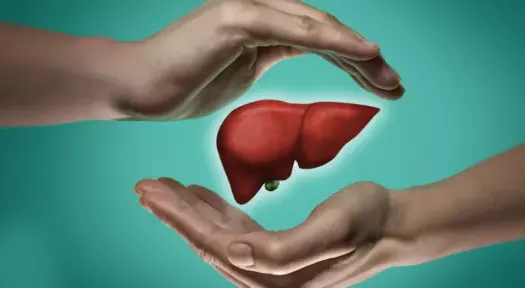When diagnosing liver disease, the doctor looks at the patient’s symptoms and conducts a physical examination. In addition, the doctor may request a liver biopsy, liver function tests, an ultrasound, a computed tomography (CT) scan, and/or a magnetic resonance imaging (MRI) scan.
Jaundice is a yellow discoloration of the skin and whites of the eyes due to abnormally high levels of bilirubin (bile pigment) in the bloodstream. Urine is usually dark because of the bilirubin excreted through the kidneys. High levels of bilirubin may be attributed to inflammation, or other abnormalities of the liver cells, or blockage of the bile ducts. Sometimes, jaundice is caused by the breakdown of a large number of red blood cells, which can occur in newborns. Jaundice is usually the first sign, and sometimes the only sign, of liver disease.
Cholestasis means any condition in which bile flow is reduced or stopped. “Chole” refers to bile and “stasis” means “not moving.” Bile flow may be blocked inside the liver, outside the liver, or in both places.
Liver enlargement is usually an indicator of liver disease, although there are usually no symptoms associated with a slightly enlarged liver (hepatomegaly). Symptoms of a grossly enlarged liver include abdominal discomfort or “feeling full.”
Portal hypertension is high blood pressure in the portal vein, which supplies the liver with blood from the intestine and spleen. Portal hypertension may be due to increased blood pressure in the portal blood vessels, or resistance to blood flow through the liver. Portal hypertension can lead to the growth of new blood vessels (called collaterals) that connect blood flow from the intestine to the general circulation, bypassing the liver. When this occurs, substances that are normally removed by the liver pass into the general circulation.
Esophageal varices are dilated blood vessels within the walls of the lower part of the esophagus that are prone to bleeding.
They can appear in people with severe liver disease. A diseased liver can cause portal hypertension, which is high blood pressure in the portal vein. The portal vein supplies the liver with blood. Over time, this pressure causes blood vessels to grow, called collateral blood vessels. These vessels act as channels to divert the blood under high pressure.










